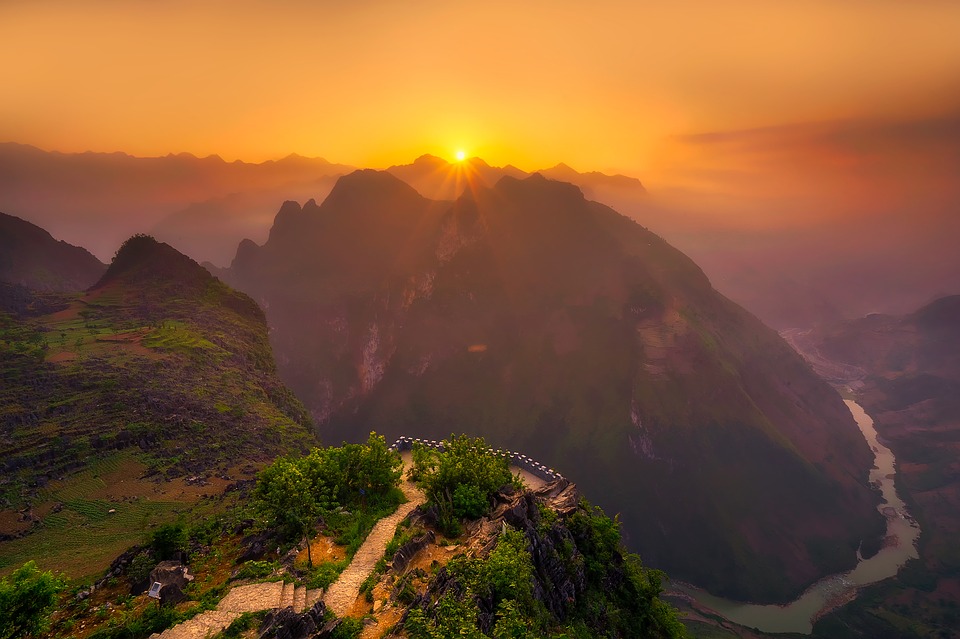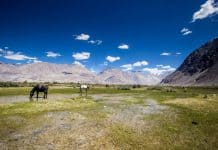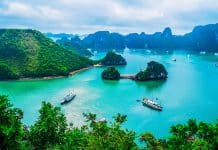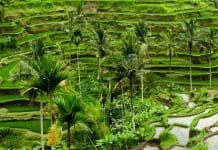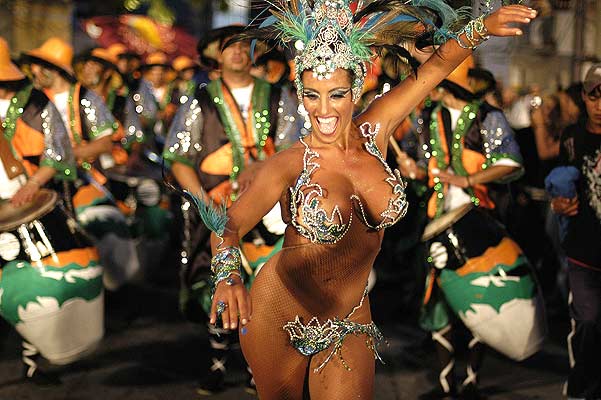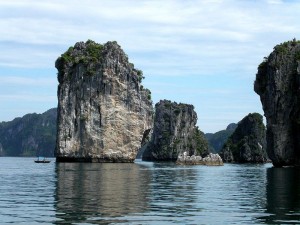 The Vietnam War is what many people think of when they think of Vietnam, but it has moved on considerably in the last 30 years, Vietnam tourism is booming, the Vietnamese economy can hardly keep up as it mushrooms. Vietnam tourism is now a very interesting prospect for many who want to explore the other side of this exotic Asian country
The Vietnam War is what many people think of when they think of Vietnam, but it has moved on considerably in the last 30 years, Vietnam tourism is booming, the Vietnamese economy can hardly keep up as it mushrooms. Vietnam tourism is now a very interesting prospect for many who want to explore the other side of this exotic Asian country
Officially Socialist Republic of Vietnam, Vietnamese is a long coastal state in Southeast Asia. It is bordered by China, Laos, Cambodia and the South China Sea. Vietnam gained in the 10th Century of independence from China and was ruled by dynasties.
Around 1880 it came under French domination. It was conquered in 1941 by Japan, and was divided in 1945 into the communist North Vietnam (Hanoi capital) and the Western-backed South Vietnam (capital of Saigon). After the Vietnam War in 1976 came unification and Saigon was renamed after the late leader of North Vietnam, Ho Chi Minh City.
Vietnam’s land surface is roughly that of Germany. The land includes the vast plains of the river deltas of the Red River and Mekong River, the entire eastern coast of mainland Southeast Asia and the long mountain ranges and plateaus of the hinterland. The north-south extension is about 1650 kilometers, the east-west width is 600km, while the narrowest part of central Vietnam is only 50km wide. The coastline has a length of over 3400km.
The geography of Vietnam is also described as “bamboo pole with two rice-bowls. In the north and south lie two fertile river deltas, as a link between a small, rather sparse forest and mountain area.
The population of Vietnam is estimated to be approximately 85.5 million people. The population is on average quite young. Nationwide, about 30% of people are under 14 years old and only about 5.6% are over 65. The population is estimated at 1.3% to 1.4%. Life expectancy is currently at 67.82 years for men and 73.6 years for women.
The majority of the population lives in densely populated areas of the mouth of Red River and Mekong deltas, where agriculture predominates. A nationalist political movement in 2004 already showed 26% of the Vietnamese live in urban areas of large cities (in the 1980s there were only 15%), and migration from the economically less developed rural areas is steadily increasing.
This is a migratory movement from the north to the south. In Vietnam itself, there is no private ownership of land. The Vietnamese government issued the so-called land use rights, their average useful life of approximately 50 years is granted.
The climate varies considerably between North and South Vietnam. The North has a temperate tropical climate, there is a cool season from November to April and a hot season from May to October. The south is tropical: warm to hot throughout the year, cooler from November to January, February-May is hot, with a rainy season from May to October.
The meteorological divide between these areas makes the clouds pass north of Da Nang. During the rainy season, often raging typhoons wreak havoc especially in the Mekong Delta, but also in other coastal regions, flooding can often happen.


